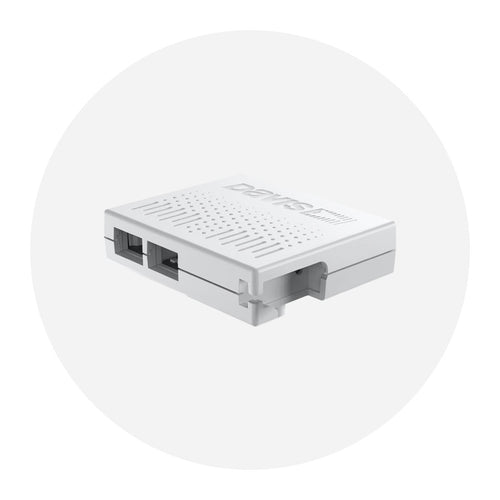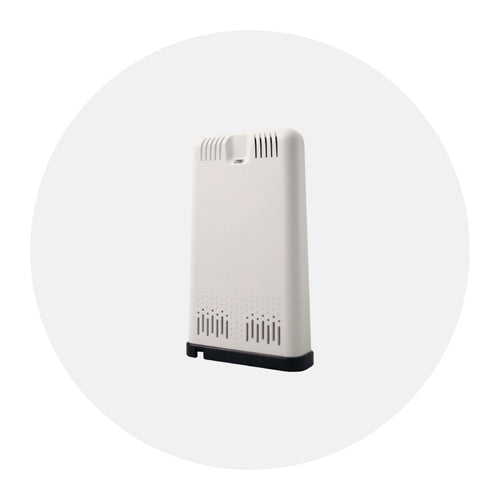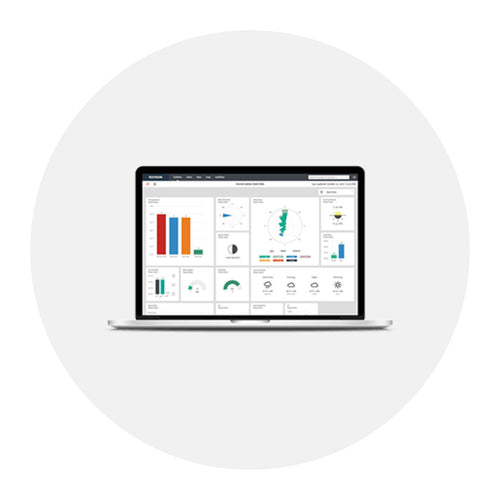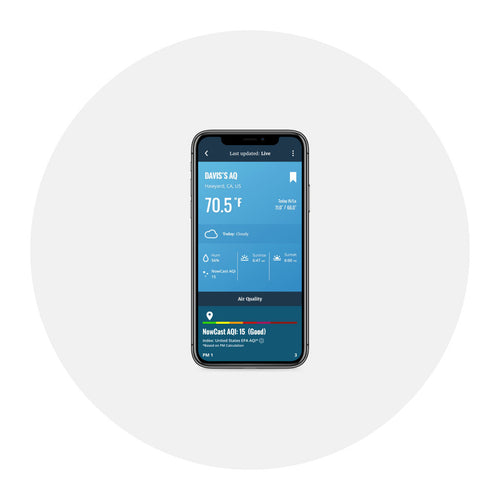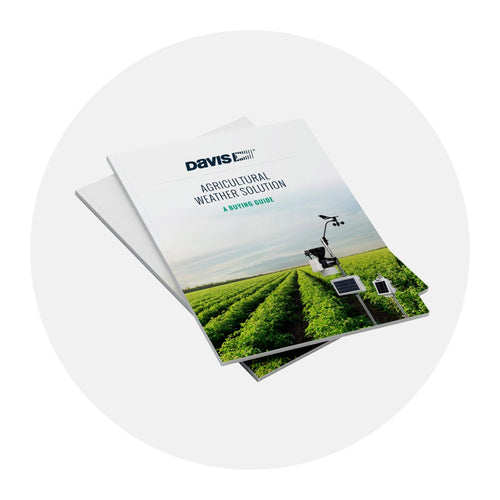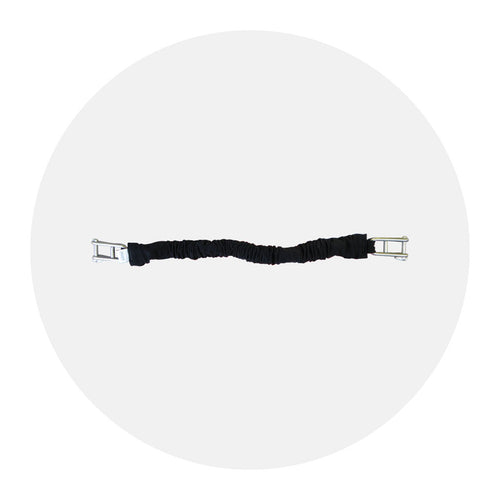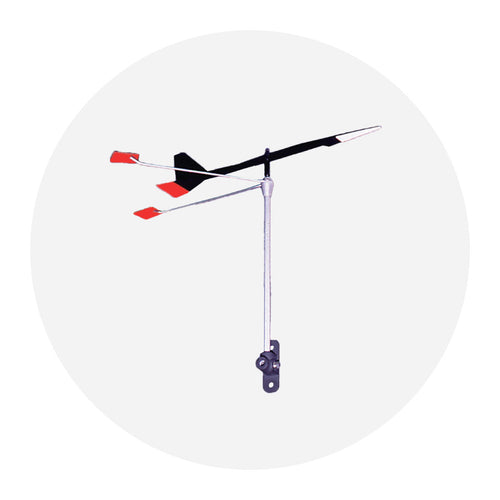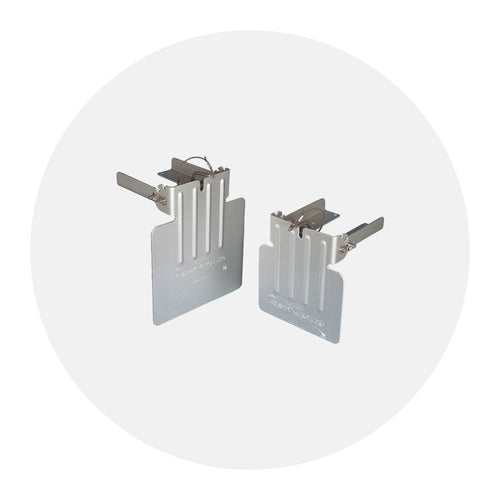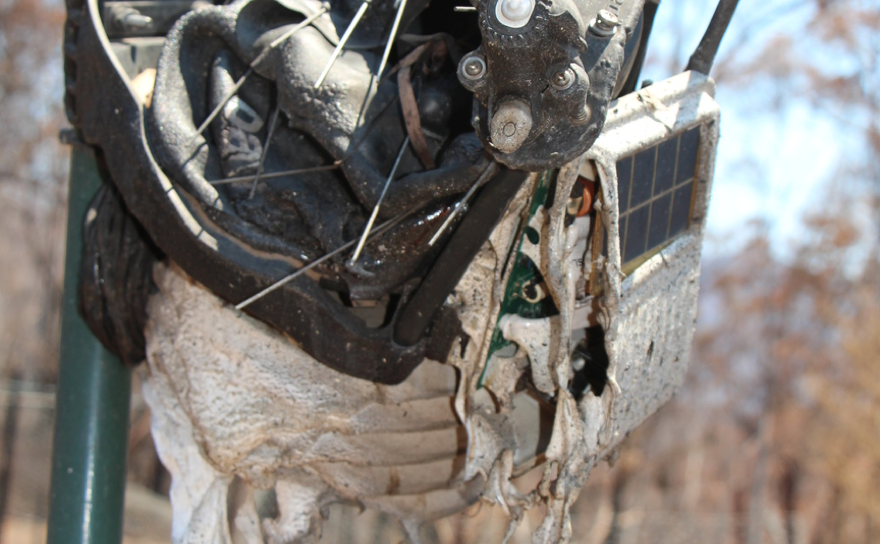
Rising From the Ashes: Vantage Pro2 Reports Data From Australian Wildfire

Melted, but still sending data, this Vantage Pro2 is rising from the ashes of the Australian wildfires.
The past few months have been a devastating time for Australia. The fire season, which started in late July, has devastated large swaths of the country, killing at least 28 and leveling thousands of homes and businesses. Wildfires are certainly not uncommon in Australia, but this year poor Australia was hit with a deadly combination of the worst drought in decades, a December heat wave, strong wind, lightning, and even the evil of human beings who intentionally set fires.
Hardest hit was the state of New South Wales. Our Australian reseller, Josh Raszkiewics, of Davis Instruments Australia told us that no state was safe from the fires. Davis Instruments Australia is located in Cowes, Victoria, which is south of New South Wales (NSW).
“We are near the Gipplsand area, and not far from Mallacoota, the beach town where residents had to huddle on the beach to avoid the fires. But we were never in direct danger. However, the following weeks of smoke haze were deadly,” Josh reported.
In all this misery, Josh wanted us to see one little ray of hope and pride.
“There has likely been a lot of our Davis stations burnt. But one of our customers, Adrian, came back to his property to find his Vantage Pro2 still standing, melted, but still sending data packets,” Josh told us.
Here is Adrian’s story:
"The station was located at our house near Yowrie, NSW, about 20 km [12 miles] west of Cobargo [a town leveled by fire that raced up the main street, killed two men, and left the town a charred mass of destroyed buildings].
"We use the station for weather measurements in our valley and were slowly building up a picture of how the weather was changing over time.
"It was pretty clear from the weather station data that we had experienced three very dry winters in a row. Fortunately, after the first two winters we had wet, nearly tropical summers which kept the fire threat to a minimum.
"However, this summer our luck ran out, after another dry winter the hoped-for summer rains did not happen, and we were left with a 'tinder box' situation. The eucalyptus trees in the forest were stressed and dropping a lot of their leaves, leaving a thick carpet on the forest floor. The undergrowth was either dead or dying from lack of rain, adding more potential fuel.
"Then in December a heatwave descended on southeast Australia. Very high temperatures, low humidity, and strong NW winds combined to make the situation dire. All it required then was an ignition source which came in the form of 'dry lightning' (a thunderstorm with lightning but no rain).
"The fire that affected our place (and Cobargo) started about 35km [22 miles] to the northwest and got into the Wadbilliga National Park which is a wilderness area and very rugged. Driven by the NW winds, on December 31, it roared straight toward the coast. We were not there at the time and I had done the basics, clearing leaves and other combustibles away from the house. Our house is mudbrick and is surrounded by a cleared area which I think is why it survived.
 The ragged survivors in Adrian's backyard after the flames subsided included his melted Vantage Pro2.
The ragged survivors in Adrian's backyard after the flames subsided included his melted Vantage Pro2.
"The weather station faithfully recorded the fire event but suffered badly. It was located near two outbuildings which must have burnt with great ferocity, giving off a lot of heat. It is working, still recording temperature, humidity, and solar radiation. The wireless transmitter and solar panel are also still working."

No more wind data coming from this Vantage Pro2, but packets for temperature and humidity were still being transmitted. You can see where the wind data stops in this PDF of Adrian's data from 12/31/2019: Yowrie, NSW Current Weather Conditions.
As we file this story, the firefighters of Australia have announced that all fires in NSW are contained. Rains in January drenched the eastern part of Australia, possibly the most cheered and celebrated rainfall of recent times. But the pain is not over. It will be months before we know if the rainfall was enough to replenish rivers and ground water. Months before the Australian economy can recover. Years before the 6 million hectares (15 million acres) of scorched land can recover. And that is not accounting for the fact that wildfire season is not yet over.
For some species, there may be no recovery from this. It’s too early to know the final numbers, but at least one billion animals were killed including koalas, kangaroos, wallabies, gliders, cockatoos, and honeyeaters. (That number does not include bats, frogs, fish, and insects.) For some of those species, like the glossy black-cockatoo and the brush-tailed rock-wallaby, it’s possible no amount of time can bring them back.
Like the rest of the world, we’re heartbroken over the fires and the loss of life and property our friends in Australia have suffered. But we take a little strength in that image of a Vantage Pro2, still working, still on duty. We know Australians, like that weather station, are made of tough stuff, and they will, through it all, keep working.
We’re with you Josh, and all our Australian friends.
In the face of escalating environmental risks, AEM is the essential source for insights on weather, climate, lightning, floods, wildfires, water management, and more.
Learn more about AEM and all of our solutions here.







